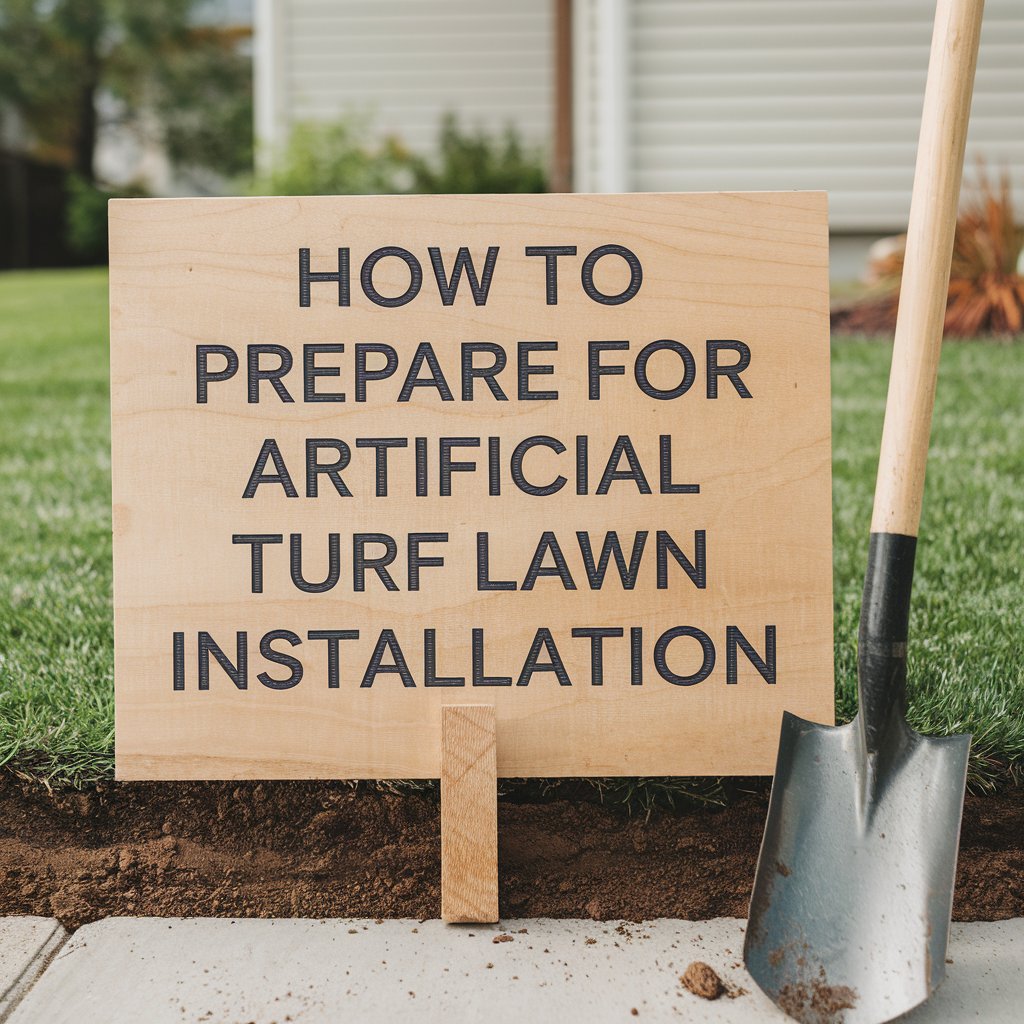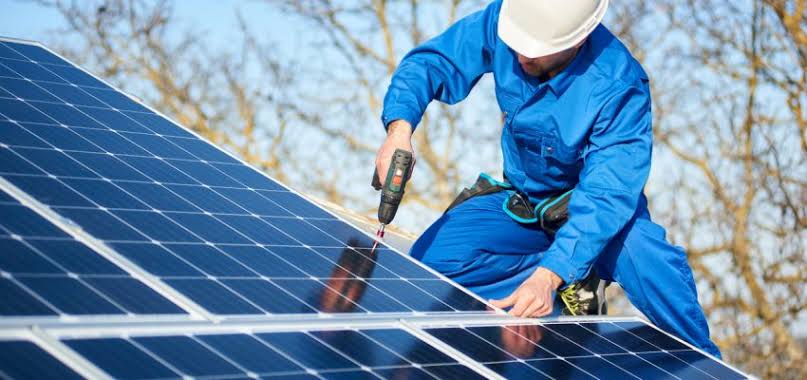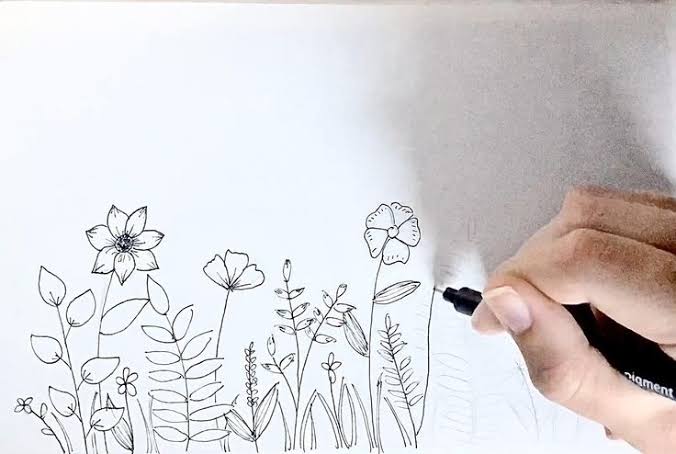Are you considering replacing your natural grass with an artificial lawn? Artificial turf lawn installation can provide a lush, green yard year-round with minimal maintenance.
This article will walk you through the preparation process, ensuring you’re ready for a successful installation.
Understanding Artificial Turf
Before diving into the preparation steps, let’s briefly discuss what artificial turf is and why it’s becoming increasingly popular.
Artificial turf is a surface made of synthetic fibers designed to look like natural grass. It’s used in various settings, from residential lawns to sports fields. The popularity of artificial grass has grown due to its low maintenance requirements, water conservation benefits, and year-round green appearance.
Benefits of Artificial Turf
Understanding the benefits of artificial turf can help you feel more confident about your decision to install it:
- Low maintenance: No mowing, watering, or fertilizing required
- Water conservation: Significant reduction in water usage compared to natural lawns
- Durability: Withstands heavy foot traffic and various weather conditions
- Consistent appearance: Stays green and lush year-round
- Pet-friendly options available: Easy to clean and maintain
- Cost-effective in the long run: Reduced maintenance costs over time
- Versatility: Can be installed in areas where natural grass struggles to grow
Preparing for Artificial Turf Lawn Installation
Now that you understand the benefits let’s focus on how to prepare for artificial turf lawn installation. Proper preparation is key to ensuring a successful and long-lasting result.
1. Assess Your Space
The first step in preparing for artificial turf lawn installation is to assess your space carefully. This involves:
- Measuring the area: Accurately measure the space where you plan to install the artificial turf. Add an extra 5% to your calculations to account for cuts and waste.
- Identifying obstacles: Note any trees, shrubs, irrigation systems, or other features that might affect the installation process.
- Checking for drainage issues: Observe how water flows through your yard during rainfall. Identify any areas where water tends to pool or where drainage might be a concern.
- Considering sun exposure: While artificial turf doesn’t require sunlight to grow, excessive heat can affect its performance. Note areas of full sun exposure.
2. Remove Existing Grass and Vegetation
Once you’ve assessed your space, the next step is to clear the area:
- Kill existing grass: Use a non-selective herbicide to kill the existing grass. Wait for the grass to die completely before proceeding.
- Remove the dead grass: Use a sod cutter to remove the dead grass and about 3-4 inches of topsoil. This creates space for the artificial turf and its base materials.
- Clear other vegetation: Remove any weeds, small plants, or roots in the area.
3. Address Drainage Issues
Proper drainage is critical for the longevity of your artificial turf:
- Grade the area: Ensure the ground has a slight slope (about 1 inch per 8 feet) away from buildings to prevent water from pooling.
- Install a drainage system: If your yard has poor natural drainage, consider installing a French drain or other drainage system before laying the turf.
4. Prepare the Base
A solid, well-prepared base is crucial for a successful artificial turf lawn installation:
- Add a sub-base: Spread a layer of crushed stone or decomposed granite about 3-4 inches deep across the entire area.
- Compact the sub-base: Use a plate compactor to firmly pack down the sub-base material. This creates a stable foundation for your artificial turf.
- Level the surface: Use a rake and a level to ensure the surface is even. Fill in any low spots and compact again.
5. Install Edging
Edging helps contain the turf and gives a clean, finished look:
- Choose your edging material: Options include plastic, metal, or concrete edging.
- Install the edging: Place it around the perimeter of the area where the turf will be installed.
- Secure the edging: Use stakes or concrete to hold the edging in place.
6. Roll Out Weed Barrier
A weed barrier helps prevent any remaining weeds from growing through your new turf:
- Choose a quality weed barrier: Look for a permeable landscape fabric that allows water to drain through.
- Roll out the barrier: Cover the entire area, overlapping seams by at least 4 inches.
- Secure the barrier: Use landscape staples to hold the fabric in place.
7. Gather Necessary Tools and Materials
Before the day of installation, make sure you have all the necessary tools and materials:
- Artificial turf
- Infill material (usually silica sand or rubber granules)
- Sharp utility knife
- Seam tape and adhesive
- Power broom or stiff brush
- Lawn roller
- Protective gear (gloves, knee pads, safety glasses)
8. Plan for Waste Disposal
Artificial turf lawn installation can generate a significant amount of waste:
- Arrange for a dumpster: If you’re removing a large area of natural grass, you may need a dumpster for disposal.
- Check local regulations: Some areas have specific requirements for disposing of lawn waste.
How to Install Artificial Lawn Turf
While many homeowners choose to hire professionals for artificial turf lawn installation, some may decide to tackle the project themselves. If you’re considering a DIY approach, here’s a basic overview of the installation process:
- Roll out the turf: Unroll the artificial turf over the prepared area, allowing it to acclimate for 24 hours before cutting or securing.
- Cut the turf: Use a sharp utility knife to trim the turf to fit your space, leaving about a 1-inch overhang at the edges.
- Secure the seams: If your area requires multiple pieces of turf, use seam tape and adhesive to join them seamlessly.
- Secure the edges: Nail or staple the edges of the turf every 4-6 inches around the perimeter.
- Add infill: Spread the infill material evenly across the surface of the turf.
- Brush the turf: Use a power broom or stiff brush to stand the turf fibers upright and work in the infill.
- Compact the turf: Use a lawn roller to compact the turf and infill, creating a firm, even surface.
Common Mistakes to Avoid
When preparing for artificial turf lawn installation, be aware of these common pitfalls:
- Inadequate ground preparation: Skipping steps in ground preparation can lead to an uneven surface and poor drainage.
- Incorrect base material: Using the wrong type or amount of base material can affect the stability and drainage of your turf.
- Poor seam joining: Visible seams can ruin the look of your artificial lawn. Take care to align the turf properly and use high-quality seam tape and adhesive.
- Neglecting drainage: Failing to address drainage issues can lead to water pooling and damage to your turf over time.
- Using the wrong infill: Different types of artificial turf require different infill materials. Make sure you use the correct type and amount as recommended by the manufacturer.
Maintenance After Installation
Once your artificial turf is installed, it requires minimal maintenance compared to natural grass. However, some upkeep is still necessary:
- Regular brushing: Use a stiff brush or power broom to keep the fibers upright, especially in high-traffic areas.
- Rinse occasionally: Hose down the turf periodically to remove dust and debris.
- Address spills promptly: Clean any spills as soon as possible to prevent staining.
- Top-up infill: Over time, you may need to add more infill material to maintain the turf’s performance and appearance.
Environmental Considerations
While artificial turf offers many benefits, it’s worth considering its environmental impact:
- Reduced water usage: Artificial turf significantly reduces water consumption compared to natural lawns.
- No need for pesticides or fertilizers: This eliminates the runoff of these chemicals into local water systems.
- Heat island effect: Artificial turf can get hotter than natural grass in direct sunlight. Consider using a lighter color turf or cooling infill materials to mitigate this.
- End-of-life disposal: While artificial turf lasts many years, eventually, it will need to be replaced. Research eco-friendly disposal options in your area.
Cost Considerations
The cost of artificial turf lawn installation can vary widely depending on several factors:
- Size of the area
- Quality of the artificial turf
- The complexity of the installation (slopes, obstacles, etc.)
- Need for extensive ground preparation
- Professional installation vs. DIY
While the upfront cost of artificial turf is higher than natural grass, consider the long-term savings on water, maintenance, and equipment. Many homeowners find that artificial turf pays for itself over time.
Conclusion
Preparing for artificial turf lawn installation requires careful planning and attention to detail. By following these steps and avoiding common mistakes, you can ensure a successful installation that will provide a beautiful, low-maintenance lawn for years to come.
Remember, proper preparation is key to a long-lasting and satisfying result. Take the time to assess your space, prepare the ground thoroughly, and choose quality materials. Whether you decide to tackle the installation yourself or hire professionals, being well-prepared will make the process smoother and more efficient.
With your new artificial turf lawn, you’ll be able to enjoy a lush, green outdoor space year-round, without the hassle of constant mowing, watering, and fertilizing. It’s an investment that can enhance your property’s appearance, save you time and money in the long run, and provide a versatile space for relaxation and recreation.






